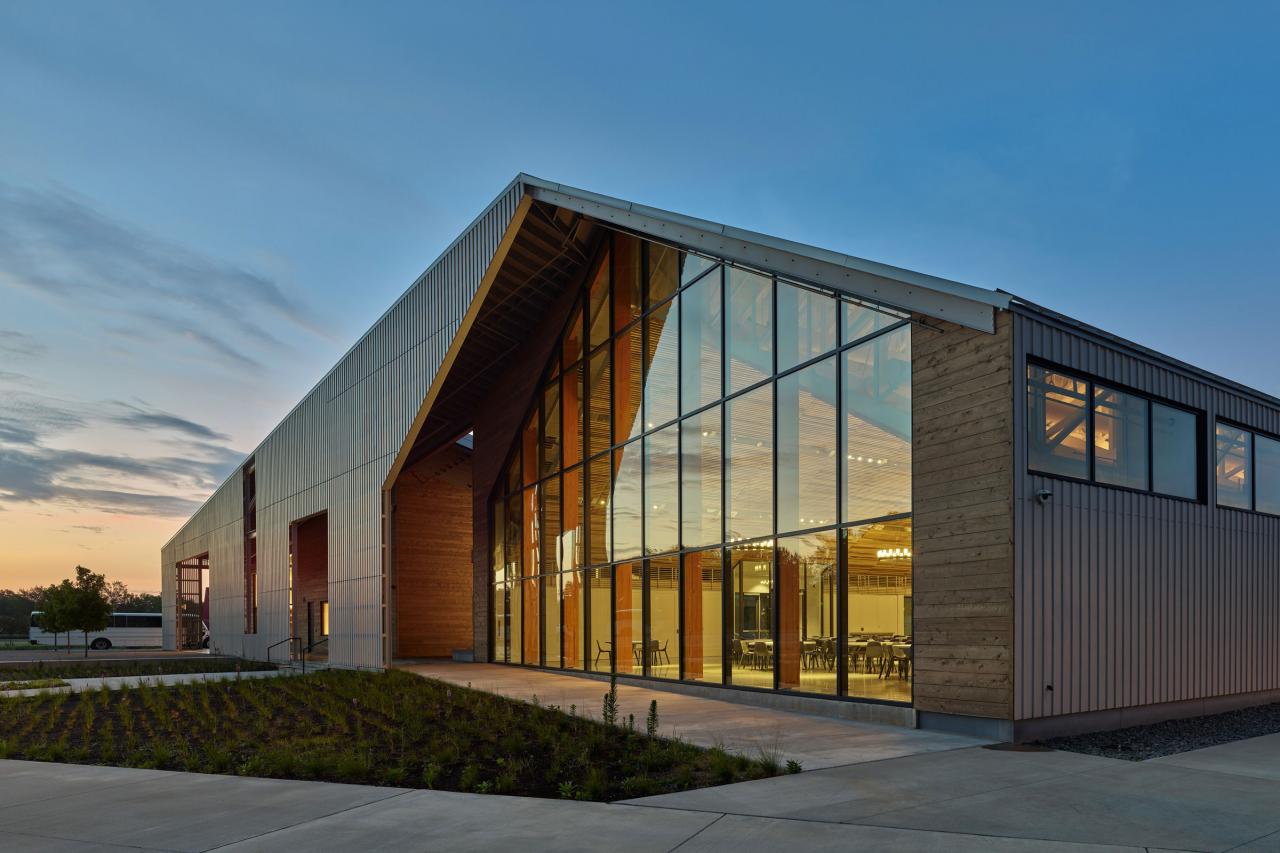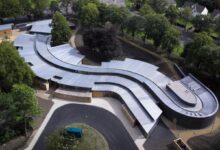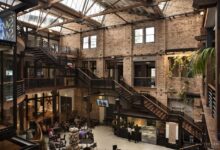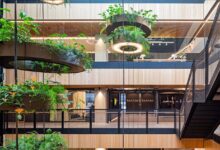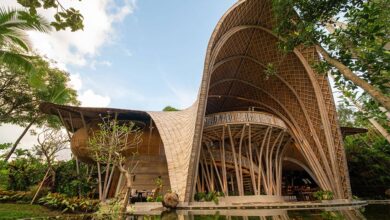Resilient Building Materials Integrate Durability and Sustainability
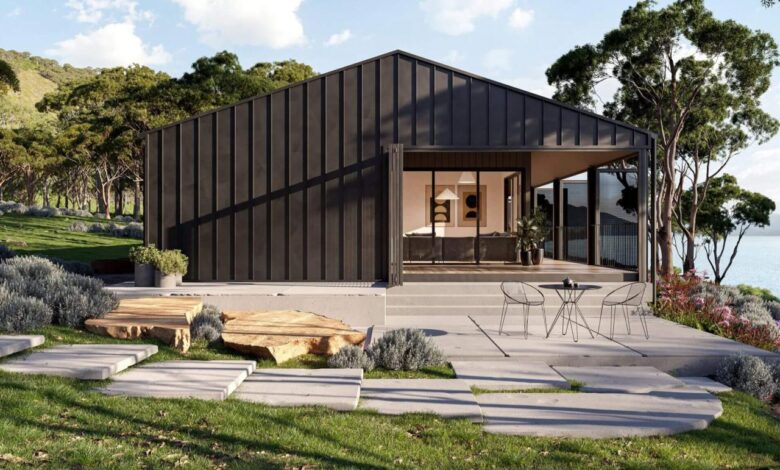
The world is facing a new reality of climate change, extreme weather, and natural disasters. In response, the construction and architectural industries are undergoing a profound transformation, moving beyond traditional aesthetics to embrace a new era of resilient building materials. A building is no longer just a static structure; it’s a dynamic, intelligent, and adaptable ecosystem designed to withstand the challenges of tomorrow. This isn’t just about making homes and cities stronger; it’s a holistic approach that integrates durability, sustainability, and a new understanding of human well-being into the very fabric of our built environment. This article will take a deep dive into the core concepts of resilient building materials, exploring the pivotal role of advanced materials, the new focus on a circular economy, the integration of smart technology, and the immense opportunities that lie ahead for a more sustainable and secure future.
The Building for Resilience
A resilient building is one that can withstand a shock, whether it’s a hurricane, an earthquake, or a flood, and then quickly recover. This requires a fundamental rethinking of the materials we use to construct our homes, our offices, and our cities.
A. The Power of Advanced Materials
The new era of resilient building is powered by a new generation of advanced materials that are more durable, more sustainable, and more energy-efficient than the traditional ones.
- High-Performance Concrete: Concrete is the most widely used building material in the world, but it is also a major source of carbon emissions. The new generation of high-performance concrete is designed to be more durable, more resistant to fire and wind, and more environmentally friendly. This includes materials that use a lower-carbon cement, and new, more efficient mixing techniques that can reduce waste.
- Cross-Laminated Timber (CLT): CLT is a new and powerful building material that is made from layers of wood that are glued together in a crosswise pattern. It is incredibly strong, durable, and more fire-resistant than steel. It is also a sustainable and renewable resource, making it a key component of a green and resilient building.
- Self-Healing Materials: A new generation of building materials is being developed with the ability to self-repair. This includes concrete that is embedded with bacteria that can produce calcium carbonate to fill cracks, and new, more durable siding materials that can self-heal after a scratch or a dent. This can significantly reduce maintenance costs and extend the lifespan of a building.
By using these advanced materials, architects and builders can design a building that is not only more beautiful but also more resilient, more durable, and more sustainable.
B. Energy Efficiency
A resilient building is also a net-zero building, a building that produces as much energy as it consumes. This is a crucial step toward a more sustainable and environmentally conscious future.
- Solar Power and Battery Storage: The use of solar panels and a building-scale battery storage system is a key component of a net-zero building. The solar panels can generate a continuous stream of clean energy, and the battery storage system can store the excess energy for use at night or on a cloudy day.
- Smart Grids and Energy Management: A resilient building is a smart building, and a smart building is a part of a larger smart grid. The building’s energy management system can communicate with the grid, using the excess energy from the solar panels to power the building or to sell the energy back to the grid. This can reduce the building’s energy bill and its carbon footprint.
- Geothermal and Passive Design: The use of geothermal heating and cooling systems and a passive design, which takes advantage of a building’s natural light and temperature, is a new and powerful trend in resilient building. This can reduce a building’s energy consumption by a significant margin.
The Intelligent Building
A resilient building is an intelligent one, a building that is equipped with a new generation of smart technology that can adapt to the needs of its occupants and the challenges of tomorrow.
A. The Power of Building Automation and AI
The new generation of smart building technology is powered by artificial intelligence. AI can automate a wide range of tasks, from adjusting the temperature to turning off the lights, and it can learn a building’s occupants’ habits and preferences to create a more personalized and comfortable living experience.
- Centralized Control: A smart building can be controlled from a single device or a smartphone app. This allows a building manager to control everything from the lighting and temperature to the security system and the entertainment system from anywhere in the world.
- Predictive Maintenance: AI-powered systems can analyze a building’s data to predict when a system, such as an HVAC unit or a water pump, is likely to fail. This allows a building manager to schedule maintenance proactively, preventing a costly and unscheduled breakdown.
- Personalized and Adaptive Environments: An AI-powered smart building can learn a building’s occupants’ habits and preferences and then adapt the building’s environment to them. The smart building can, for example, learn an occupant’s favorite temperature and automatically adjust the thermostat to that temperature when they are in the room.
B. A Building as a Hub for Wellness
The new era of resilient building is also a new era of wellness. A building is not just a place to live or work; it’s a hub for health, fitness, and a balanced lifestyle.
- Air and Water Quality Monitoring: A smart building can monitor the quality of the air and water, and it can alert a building manager to any potential health risks. This is a crucial component of a building as a hub for wellness, as it ensures that the building’s environment is healthy and safe.
- Biophilic Design: The use of biophilic design, which integrates nature into a building’s design, is a new and powerful trend in resilient building. The use of natural light, natural materials, and indoor plants can have a significant positive impact on a person’s mental and physical health.
- Integrated Fitness and Health Technology: A smart building can be a hub for a person’s health and fitness. A smart building can, for example, be equipped with a smart gym that can provide a personalized workout, or a smart lighting system that can help a person with their circadian rhythm.
The Road Ahead
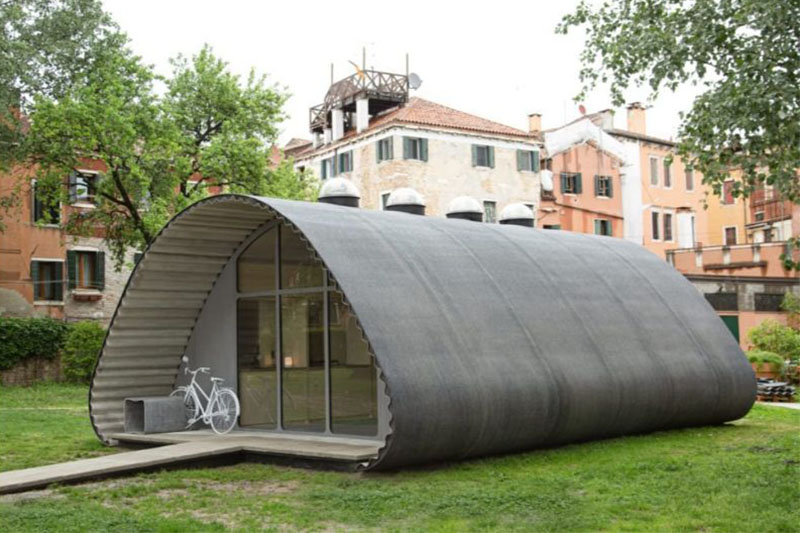
While the future of resilient building is bright, there are significant challenges that must be addressed to ensure that this revolution is inclusive and sustainable.
A. The Cost of Implementation
The cost of a resilient building, particularly a net-zero building with all the latest smart technology, can be prohibitive. The components that power these buildings are expensive, creating a new digital divide between those who can afford a high-end building and those who cannot. The use of modular and prefabricated components is a major step toward addressing this, but more work is needed to make a resilient building accessible to everyone.
B. The Evolving Legal and Regulatory Framework
The new era of resilient building is advancing faster than the laws that govern it. New regulations are urgently needed to address a wide range of issues, from the legal status of a smart building to the rights of a building’s occupants. The lack of a clear regulatory environment is a major barrier to adoption for many developers and cities.
C. The Human Element
A building is, at its core, a place for people. While technology can solve many problems, it cannot replace the human element of empathy, community, and social connection. The challenge is to use technology to enhance human interaction, not to replace it. Urban planning must be human-centric, creating spaces that foster community and belonging.
Conclusion
The future of building is not about a bigger building or a more expensive one; it’s about a smarter, more sustainable, and more resilient one. Resilient building materials are a powerful and transformative force that is fundamentally reshaping our relationship with our buildings and with the environment. The use of advanced materials, a new focus on energy efficiency, and the integration of a new generation of smart technology are all a part of this new era. The new era of resilient building is a clear signal that the future of building is a new kind of living, a living that is as adaptable and as resilient as it is intelligent and sustainable.
However, as we embrace this new era, we must also confront the significant challenges that lie ahead. The high cost of a resilient building, the need for a new legal and regulatory framework, and the challenges of data privacy and security are all hurdles that must be addressed proactively. The future of building is a journey that will be defined not just by its technological prowess but by its ability to create a world that is more connected, more human-centric, and more conducive to a person’s overall well-being. The resilient building is here, and it promises to build a future where our buildings are as healthy and as happy as we are.

